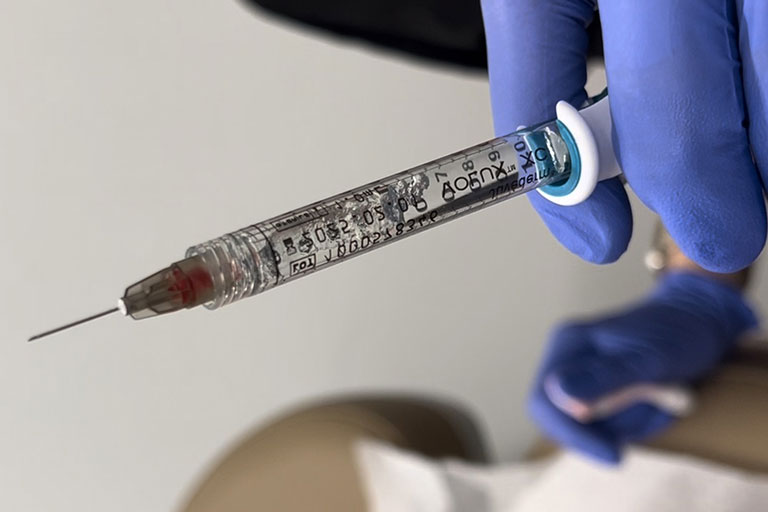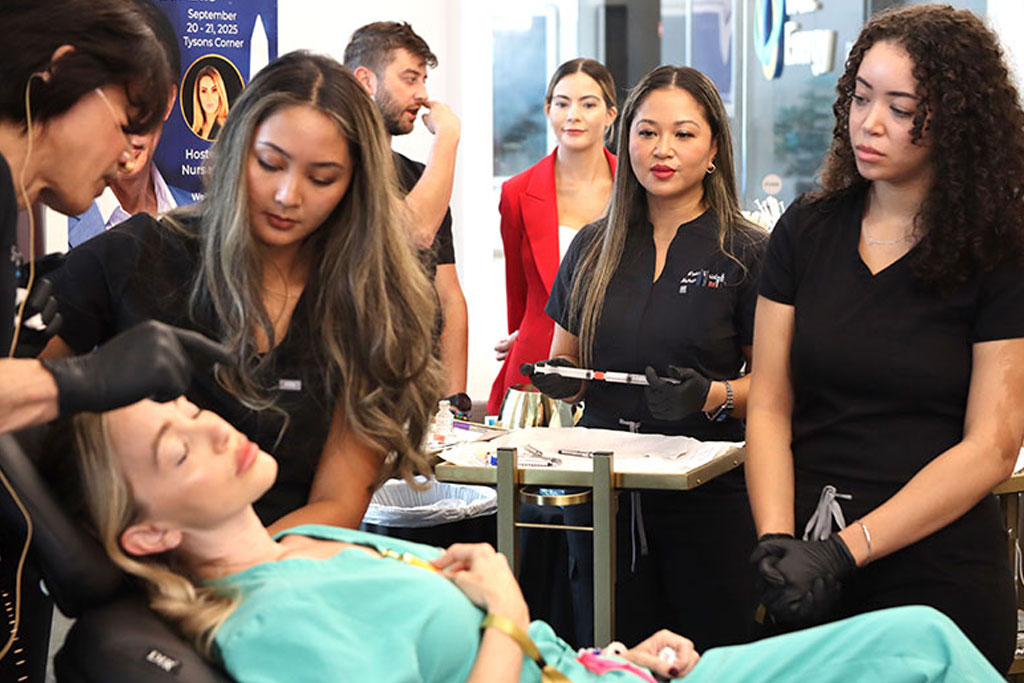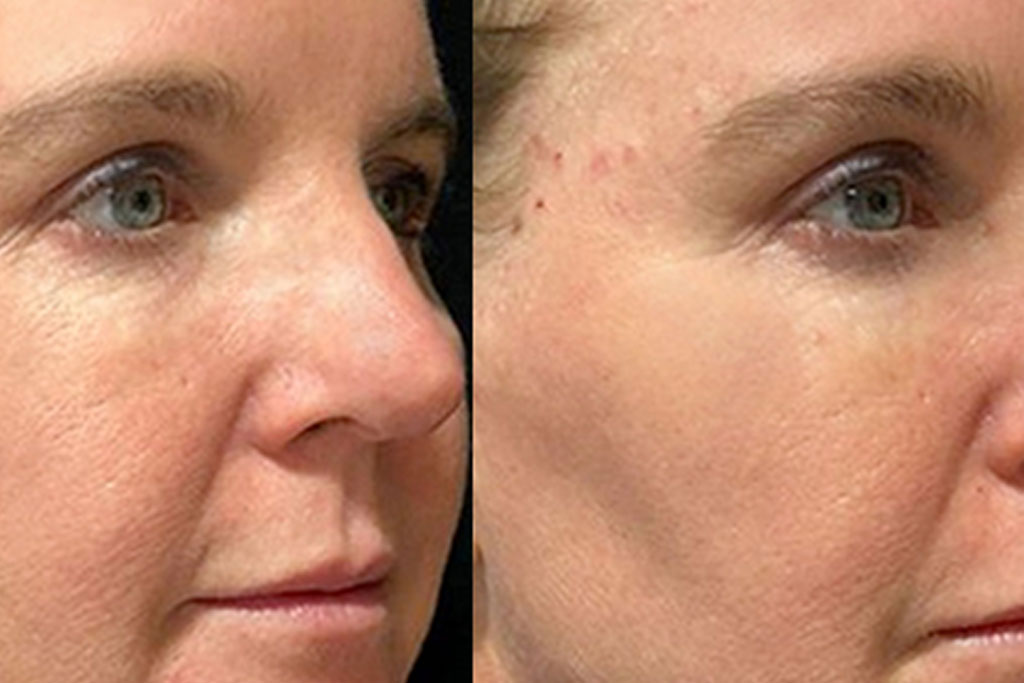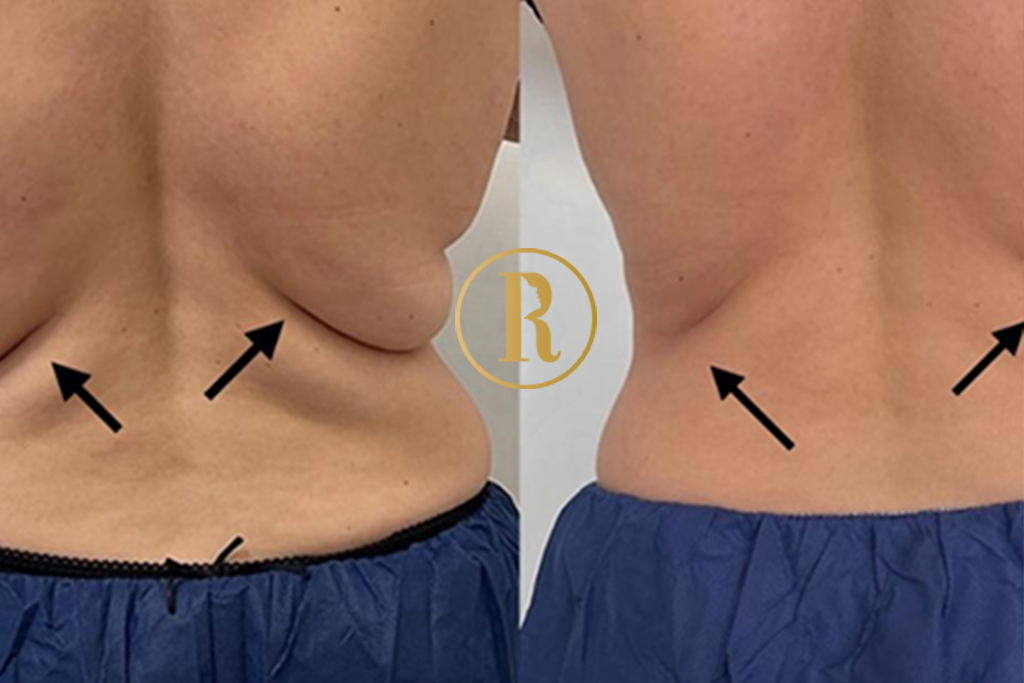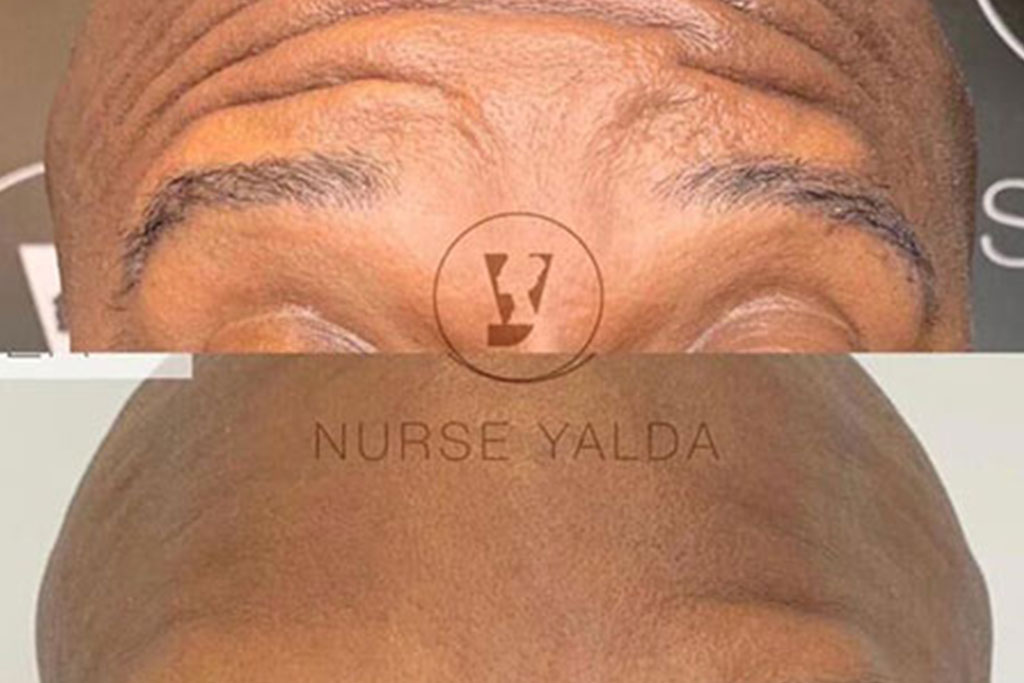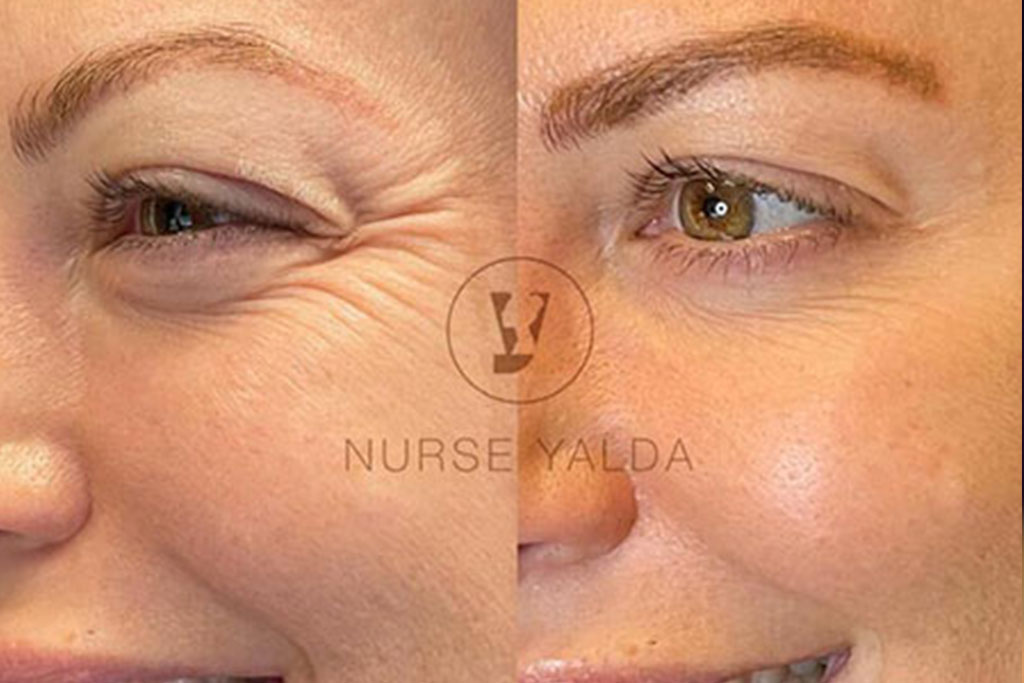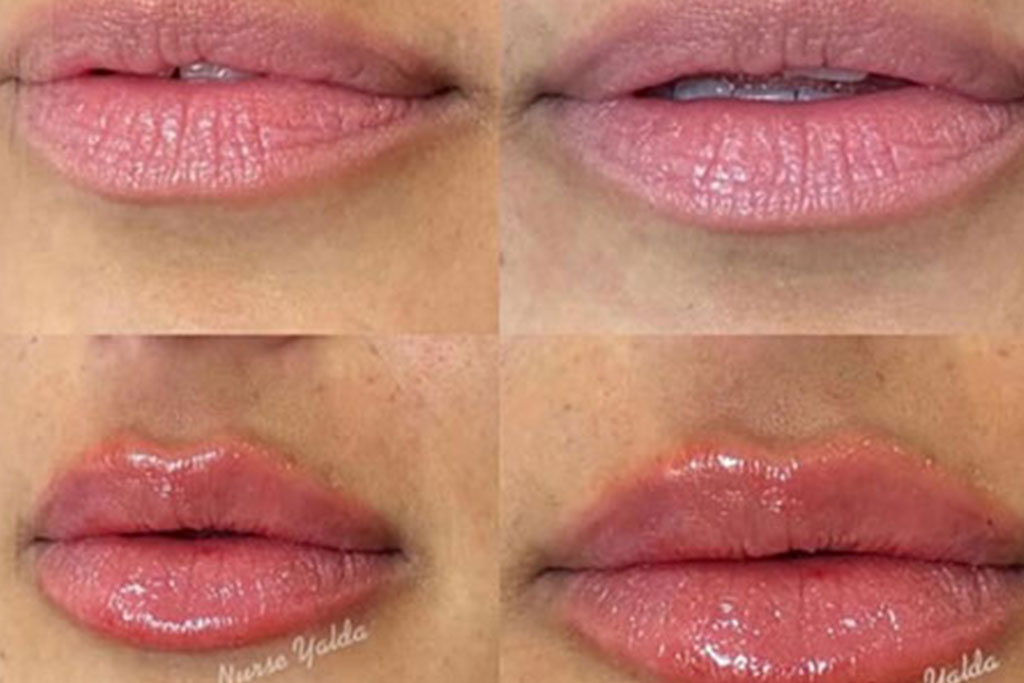When it comes to cosmetic procedures, safety and precision are super important. Dermal fillers have become a popular option for enhancing facial contours and reducing the signs of aging.
However, ensuring a safe and effective injection process is just as crucial as choosing the right product. One key technique that should never be overlooked is aspirating before injecting dermal fillers.
What Is Aspiration?
Aspirating is the process of pulling back on the plunger of the syringe before injecting the filler. This simple, yet vital step allows providers to check for blood return in the syringe, indicating whether the needle has inadvertently entered a blood vessel. If blood is drawn into the syringe, it’s a clear sign that adjustments are necessary to avoid complications.
Why Is Aspiration Important?
1. Preventing Vascular Occlusions
One of the most significant risks associated with dermal filler injections is the possibility of injecting filler into a blood vessel. This can lead to serious complications, including vascular occlusion, which can result in tissue necrosis or even blindness if fillers enter the retinal artery. By aspirating, providers can significantly reduce this risk and ensure that they are in safe tissue.
2. Enhancing Safety
Aspiration is a critical safety measure that contributes to the overall success of the procedure. It acts as a precautionary step, allowing providers to make informed decisions about where to inject. This added layer of safety is especially important in areas with extremely vascular areas, such as the face.
3. Building Patient Trust
Patients who understand the safety measures being taken during their procedures are more likely to feel at ease. Demonstrating a commitment to safety by aspirating before injections can enhance patient confidence in their provider. Trust is an essential component of the provider-patient relationship, and prioritizing safety ensures a positive experience.
4. Promoting Optimal Outcomes
While the primary goal of dermal fillers is aesthetic enhancement, safety should never be compromised. By aspirating, providers can minimize the likelihood of complications, leading to more successful outcomes. This translates to satisfied patients who are happy with their results and less likely to experience side effects.
When to Aspirate
While aspiration is generally recommended, the technique can vary based on the type of filler being used and the area being injected. For example, some experts argue that aspiration may be less necessary in certain areas due to the unique vascular anatomy. However, it’s always best to err on the side of caution, particularly in high-risk areas.
Conclusion
In the realm of injectables, knowledge and technique are essential. Aspiration before injecting dermal fillers is a simple yet crucial practice that can safeguard against potential complications and promote positive patient experiences. By prioritizing this step, providers not only protect their patients but also uphold the highest standards of care in the industry. Ultimately, aspiring to enhance safety in cosmetic procedures benefits everyone involved—providers, patients, and the beauty industry as a whole. When it comes to dermal fillers, a little precaution can go a long way!

